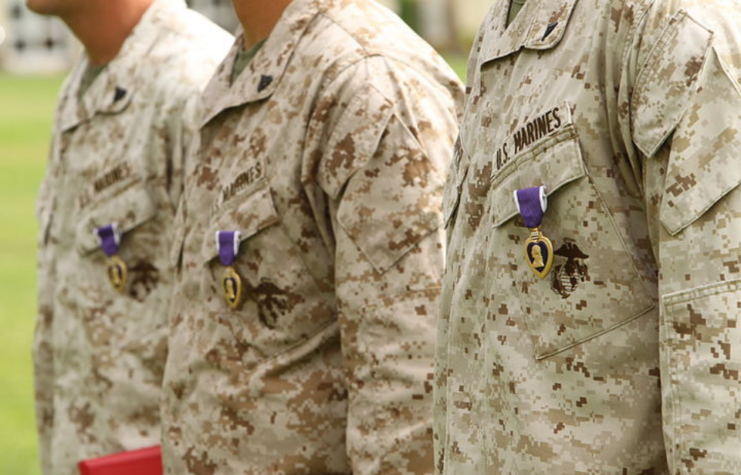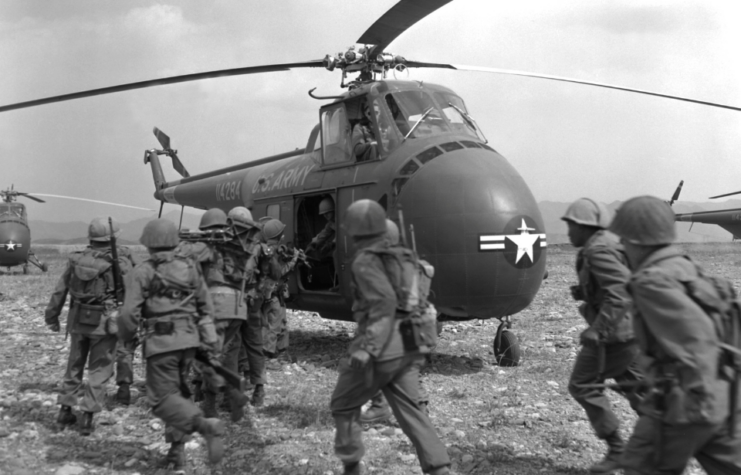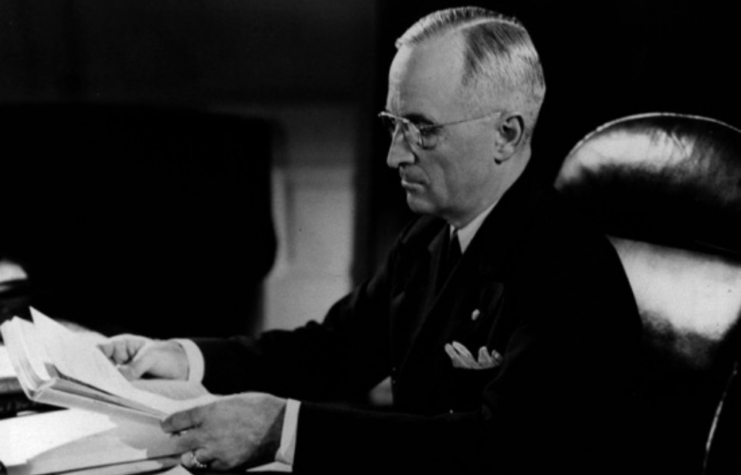The Purple Heart and Letter That Forever Haunted Harry Truman Following the Korean War
The president of the United States makes a lot of tough decisions. It’s hard to order troops into battle and even more difficult to notify families that their loved ones died as a result. More than 33,000 American soldiers died during the Korean War. A letter President Harry Truman received from the father of one of these casualties and Purple Heart recipients would go on to haunt him for the rest of his life.
Purple Heart

George Washington originally established the Purple Heart on August 7, 1782, as the Badge of Military Merit. In the aftermath of the American Revolution, the decoration fell into obscurity and remained dormant until the late 1920s.
In an effort to revive the Badge of Military Merit, a new medal was designed: the Purple Heart. Officially reintroduced in 1932, the bicentennial of Washington’s birth, the decoration featured a heart-shaped medal with a gold border. In the center was the profile of America’s first president, with the shield from his coat of arms above, between two sprays of green leaves.
On the reverse is a bronze heart, with the words “For Military Merit.”
In 2009, National Geographic estimated the total number of Purple Hearts given out per conflict, with 118,650 presented to those who served during the Korean War. One was awarded to Pfc. George C. Banning.
US Army in Korea

The US Army played a crucial role in the defense of South Korea during the Korean War. After the North Korean forces invaded in June 1950, the United States swiftly intervened, leading a United Nations (UN) coalition to push back the North and prevent the complete occupation of the South.
Gen. Douglas MacArthur was appointed as the commander of UN forces in Korea. Under his leadership, the UN troops pushed the North Koreans back. However, the tide of the war shifted again when China entered the conflict on the North’s side. This led to a protracted and brutal conflict that saw a series of back-and-forth offensives and counter-offensives.
An armistice was eventually signed in 1953, with the Korean Peninsula remaining divided along roughly the same lines as before the war. In total, 6.8 million American men and women served during the conflict and in the years after, with 54,200 losing their lives. Of that total, 33,700 died in battle.
The letter that forever haunted US President Harry Truman

Pfc. George C. Banning was deployed to Korea with the 5th Regimental Combat Team, 5th Infantry Regiment. In May 1953, the UN forces pushed north, toward the Chinese border. China responded, pushing them back almost to where they’d started at the 38th parallel. On May 11, northeast of Seoul, Banning was killed in action (KIA).
Banning’s parents were notified of his death. In his sadness and anger, his father, William, wrote a letter to President Harry Truman. Accompanying it was his son’s Purple Heart, ribbon bar, lapel pin, and Gold Star pin and button. The elder Banning wrote the following:
“Mr. Truman,
As you have been directly responsible for the loss of our son’s life in Korea, you might as well keep this emblem on display in your trophy room, as a memory of one of your historic deeds.
Our major regret at this time is that your daughter was not there to receive the same treatment as our son received in Korea.
Signed
William Banning”
More from us: Korean War Helicopters That Were Vital to Those Serving In the Conflict
The letter and Purple Heart appeared to have troubled Truman for the rest of his life. Following his death on December 26, 1972, everything on the former president’s desk was cataloged, including the letter from William Banning and his son’s Purple Heart.
The post The Purple Heart and Letter That Forever Haunted Harry Truman Following the Korean War appeared first on warhistoryonline.
The Purple Heart and Letter That Forever Haunted Harry Truman Following the Korean War
Philippines Truth
Post a Comment
0 Comments